:::EDIT:::
After receiving fifteen comments on this blog post I chose to close the comment section as a few of the comments made me feel tremendously defensive about my current chosen lifestyle — an omnivore who hunts for her own food. I did not want my responses to those comments to come across as mean-spirited or nasty in any way so I simply deleted them and then I closed the comment section as a way to moderate myself, more than anything. My reasons for hunting are intelligent, logical, spiritual, and personal. I don’t want to use those reasons as weapons against a readership I cherish. I don’t want to turn those reasons into ugly things. I think it’s important to discuss how this post made you feel about the way you eat, the way you hunt your food (whether it is at the grocery store or out in the wilds), and your reasons for being vegetarian or omnivore, if you happen to have any. I hoped this discussion could take place without people feeling the need to shame each other or condemn another way of life — I think a respectful dialogue is possible, but it requires courtesy, open mindedness and self-control. I value your opinions and invite you to email me if you’d like to respectfully discuss your opinions with me. Thanks for being here.
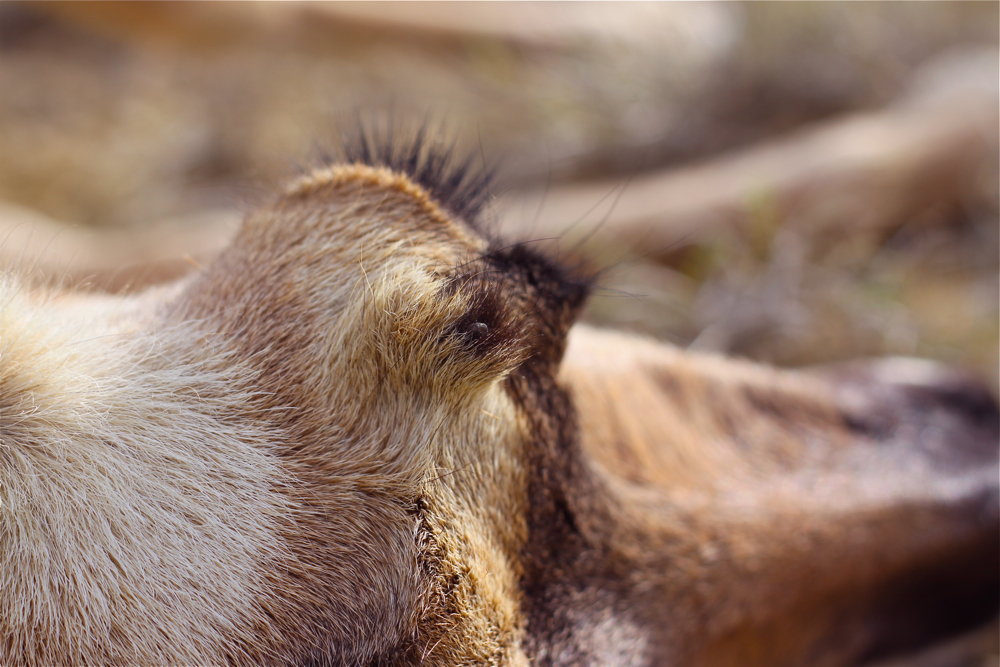 I shot and killed a big, beautiful, wild animal. It seems an ugly thing to say. But it’s the truth. The fact is, the act of killing it wasn’t ugly at all and the experience of taking a life, the way I did, was actually rich with meaning for me. There is a way to be part of nature, that involves death, that isn’t without honor, beauty and respect. There is a way.
I shot and killed a big, beautiful, wild animal. It seems an ugly thing to say. But it’s the truth. The fact is, the act of killing it wasn’t ugly at all and the experience of taking a life, the way I did, was actually rich with meaning for me. There is a way to be part of nature, that involves death, that isn’t without honor, beauty and respect. There is a way.
———————————–
I am seated in the Adirondack chairs Robert built from scratch out of scrap 2×4 wood, at the smokejumper base garden where the tomato plants are erupting, crimson and plump. Behind me is a fragrant jungle of lemon basil. Across the base from where I sit, my laundry is whirling about in a washing machine and dryer. There’s all this down time between laundry loads and I’m writing about everything around me instead of what I want to write about because the words aren’t coming to me as easily as I thought they would. All day long I have been thinking about how to tell the story of my antelope hunt in Wyoming, what to say about the experience. I shared some of the details with a friend this morning, she also hunts, and something she said really stood out. She told me, “Not many women do what you do. Not many women live like you do.” It’s true. Very few people, let alone women, go out into the wilderness with weapons and harvest wild animals for food. That realization made me feel strong of mind and body (which is not to say that women who do not do these things are weak in any way). I felt some sort of freshly realized sense of self-worth spring up in me, rooted in the truth of the fact that I know how and am able to get food from the wilds, which is an activity that takes physical and mental strength, self-control and confidence — all things I’m not sure I realized I had, deep within me, until this very day.
—————————————————
Nobody ever taught me how to hunt. Robert didn’t teach me how to hunt. Robert showed me how to use a high-powered rifle and told me where to aim on the body of a wild animal for a clean, kill shot that will end a life as humanely and quickly as possible. The rest was up to me. The intuitive knowledge of how to stalk and kill a large animal is some sort of secret knowledge woven into my DNA that welled up in me, primal and savage, natural and calm, calculated and logical, stealthy and sure. The knowledge of how to be that way, how to be a hunter, was there to begin with, like it is, I believe, in everyone. Life wasn’t always as it is now. By that I mean we, as individuals, didn’t always outsource our basic needs the way we do now. We hauled our own water. We picked plants, berries, mushrooms for our stone tables in our homey caves. We killed birds, deer, elk, snakes, lizards for dinner. We turned the remains of the animals we ate into blankets, clothing, tents, shoes, fishing hooks, tools, art. There was a complete circle that we lived within, every day, that mostly met our needs, and if it failed to, repeatedly, we eventually died. Simply put. There must be some memory of the past whittled into our bones while we are growing in the womb, like notches on a spear shaft. There must be. How else could I know what I know and how else could I have done what I did? When it was all said and done, the boys exhausted themselves telling me I am a natural stalker. In point of fact, they have named me Master Stalker and I have heard them comb over the details of my hunt and my stalks, multiple times now, and it still feels funny to hear how they describe my movement through the sagebrush, the belly crawling, the way I used the tiny rises in topography around me to conceal my movements.
No. Not me! I moved like that?
Like a she-wolf.
—————————————
I went antelope hunting with three boys. Three men. Smokejumpers, all. I loved being with them. We drove together across the states of Washington, Montana, Idaho and drifted up onto the high plains of Wyoming, beneath the majestic Wind River range. The land there is spacious and unconquered — the very definition of wilderness. The human population is a minority and more specifically, is in decline. Wyoming is one of the few states that is decreasing in human population, here in the USA. I like to think the land is taking the space back, cutting everything free from barbed wire and fence posts, a mile at a time. Churning up the wheat fields with hooves, claws and dust devils. You can feel it as you drive through ghost towns, grey and dreary. Eighteen year olds catch a ride on the tumble weed express, roll right out of there after high school, and settle in Missoula, Salt Lake City, Boise. So many have left or are leaving which simply makes more space for the antelope and the antelope herds are vast.
It’s khaki and pale green as far as the eye can see, a scathingly drab, blinding landscape when the sun is high in a cloudless sky. Being there makes my eyes tired. There’s no shelter from anything. Everything eats sage or eats something that eats sage, because that’s all there is for miles. Low, scrubby sagebrush, gnarly and rooted in a powder-fine, loamy soil that cannot resist rising up when the wind gusts. Everything that lives on the Wyoming sage flats is fleet, far seeing, nimble or phantom in nature. The space is filled with ghosts. The whispers of tribes resound, the glimmering plunk of chert, uncut, littering the ground. The prairie dogs have left, their tunnels are crumbling. The earth is littered with bones. It’s desolate. It’s void. According to my personal definition of the word, it is wild.
———————————————————
From the truck, as we drove a knobby dirt road through miles of sagebrush, we saw a small herd of lopers, white specks on a beige horizon, sentry bucks standing on the fringes of a harem, the does peacefully grazing, relaxed with their heads down low. South of the herd was a small blip of topography. It would have been wrong to call it a hill. The boys were calling it a knob of land. I termed it a pimple, just a tiny rise of dirt that offered a shallow view over the next twenty miles of plains. We parked the truck, hopped out, took up our guns and binoculars and belly crawled to the top of that topographic feature to scope out an approach and make a plan. Antelope are incredible animals. They are capable of running at 55mph speeds over extended distances. Their eyesight is impeccable, it’s as though they have binoculars for eyes and can see perfectly more than a mile away. They have no natural predators, besides humans. They can see coyotes, wolves, bears and mountain lions coming from miles away and they can outrun anything that chases them.
When hunting antelope, it’s nearly impossible to stay hidden on the sage flats which is why some herds cannot be hunted. If there is no rise in ground to tuck your body behind, there is no way to stay hidden, if you can’t hide yourself away, you cannot stalk these animals. There aren’t any trees for miles, on the sage flats, and the ground cover is no taller than 12 inches in most areas. The land is relatively flat in all directions with occasional, shallow ridges rising up, coulees, arroyos and strange, seasonally boggy areas that are rutted and pitted. Herds of antelope are everywhere on the sage flats, but when you choose one to hunt, you have to look at the land they are on and determine if the animals are even approachable. As soon as a sentry buck sees your form crouched in the sage, he will alert his harem and suddenly, the half mile between you and your antelope turns into three miles, as those beautiful animals race away like they are made of the wind instead of flesh and bone. It’s a miracle to watch an antelope run, they move effortlessly, at warp speed, the only evidence they leave behind is a dust plume that dissolves on the breeze so quickly that you find yourself wondering if they were ever there in the first place.
So there we were, up on that little pimple of a hill, in the middle of the Wyoming sage flats, peering down at a herd of animals. Rosie looked West through his binoculars and suddenly said, “Look! An arroyo!” And suddenly I had an approach plan. The boys put me on point and we scurried down the bump of dirt and one by one, fell into the arroyo. It was a shallow sort of trench in the ground, made by spring water run off, and it twisted and turned and meandered directly to where my antelope herd was standing and slowly grazing, a half mile away. I threw my rifle strap over my shoulder, tightened it, and began to crawl, on my hands and knees, towards my antelope. The ground was parched, cracked, studded with dead and thorny plants. It was hot out. But most torturous of all was the slate shards that littered the ground. I liken the situation to crawling through broken glass. I did that for a half mile, popping up every now and again to assess my herd, which was still happily grazing and utterly unaware of my approaching presence. I moved as fast as I could. Sometimes crouching, when the sage around me was taller, and doing a sort of Ukrainian dancer crab walk through the arroyo and so it went, for what seemed like eternity. My antelope moved behind a little ridge and I stepped out of the little water eaten trench I had been navigating and belly crawled to a nice little vantage point above my herd, leaving the boys behind me.
I carefully settled myself in a clump of sage. I popped the tripod of my gun into position, dug the legs of it into the dirt with some pressure from my shoulder, straightened it so my cross-hairs in my scope were even, threw my hat on the ground beside me and peered through my scope to get a good gander at the situation on hand. My sage cover was too thick. I moved my gun. Still too thick. I moved my gun again. I looked through my scope. The sentry bucks, two of them, their heads up, pointed in my direction and looked agitated. They began walking towards their harem. I zoomed my scope. I saw one doe standing broadside, head up, looking right at me. I clicked the safety off. I slowed my breathing. I cursed the heave of my lungs. The pulse at my throat. I snugged my shoulder against the butt of my gun. I inhaled. I exhaled. I put my finger on the trigger. I guided my cross-hairs in tiny increments so they were settled in the proper spot, on the side of my doe, right above and behind where her front leg met the bulk of her body. I saw her move a front leg, as if to take a step. I breathed again. Slowly now. I thought to myself, “This is a far shot. Further than I want to take. Should I wait for a closer shot?” I hesitated for a moment. And then exhaled, centered my cross-hairs again and slowly squeezed the trigger. The rifle recoil slammed my shoulder in reverse. There was thunder in my ears, despite my ear plugs. I didn’t move from the ground and looked through my scope again. The entire herd was galloping away. Except for my doe. She didn’t go anywhere. I yelled. I don’t know what I said. But I yelled and threw a hand in the air. I don’t think it was celebratory, to yell and wave an arm. But perhaps it was. I had spent a day, this being my third big stalk on an antelope herd, the first two were unsuccessful, and I finally had success. My shoulder was aching. My arms and knees were bleeding. I was tired. Sweating. Hot. Hungry. Thirsty. And I was still laying in a pile of shale shards that felt like a bed of broken glass pressed up against my body. I wanted Robert to know what I had done. He heard me yell and ran, crouching, to my side. Again, I don’t remember what I told him, but he patted me on the back and said, over and over again, “What a stalk.” Tragically, my shot wasn’t perfect. It didn’t kill my doe outright. She had to be finished. I was very sad about that and hoped that her body had dropped into the numbing depths of shock and that she couldn’t feel. When I finally stood over her and saw what I had done, I felt these things: Sad, beautiful, brutal, thankful, wild, capable, strong, weak, alive.
Then I cried. Just a little bit. I couldn’t help it.
She was a real beauty. The color of milky earl grey tea mixed with wide vanilla stripes on her neck and face, a white rump, thick fur I could plunge my fingers into. As I touched her beautiful form, so newly dead, I thought about the last newly dead thing I had touched, I thought about Plumbelina and how soft her body had been beneath my hands and there was a sadness there and an honesty that I accessed in being so close to something beautiful and it was all deeply felt. I thought about all things lost and gained in life and death, for a moment, and felt the hurtling force of my pulse in my ears, the spin of the earth, the hands of God wrapped around my shoulders.
My doe had a small, graceful mouth. Straight white teeth. Dark pools of unseeing eyes. Expressive eyebrow tufts and impossibly long eyelashes. Her body was eloquent and it spoke of the land, the wind, the sun moon and stars, the rising and falling away of the sage flats.
The sun was setting now and we had to work fast. The boys helped to cut away at the thickness of her gorgeous, full hide. The connective tissue between her skin and muscle slid pearly white across a wealth of blue-red muscles and it snapped back thick and elastic beneath knife blades. Suddenly, the starkness of exposed sinew and bone was laid out before me, I saw the circle of life so plainly in all its beautiful complexity. I saw her body, her backstrap cut away from the prongs of her spine, her rump cut into pieces of roast, her smoothly sloping shoulders, still twitching, reduced to stew meat. The hidden place beneath the lower spine that holds the tenderloin was revealed and stripped bare. The gypsum of her naked leg bones was beautiful alabaster in the sunset, carved with poetry, quatrains and rhymes like four hooves galloping. We took all that we could of her body, and what was left behind is now feeding the coyotes, the worms and beetles, foxes. The mice will consume the bones, and what is left after all of that will sink into the alkaline desert soil and feed the sagebrush which will feed the sage grouse, house the hares and probably feed the coyotes, once again.
An entire ecosystem will thrive on what remains and I, at my tall, square dinner table in Idaho this winter, will comment on how cold the night is, the snow will fall in blue spools from a night sky, the huge spruce in the front yard will groan in the push of the wind as fists of ice do their pummeling from the edges of the West bench. The dogs will be curled up in various punctuation marks on the floor beneath the table and I will rest my slippered feet on Farley’s back, where he sleeps. I will reach out to hold Robert’s hands, as we utter grace over the hot food on the table before us. Then I’ll reach for a spoon and dip it into the bowl of hearty, savory antelope stew that sits before me and after the first, delicious bite of soul food, I’ll say, “This is so good.”

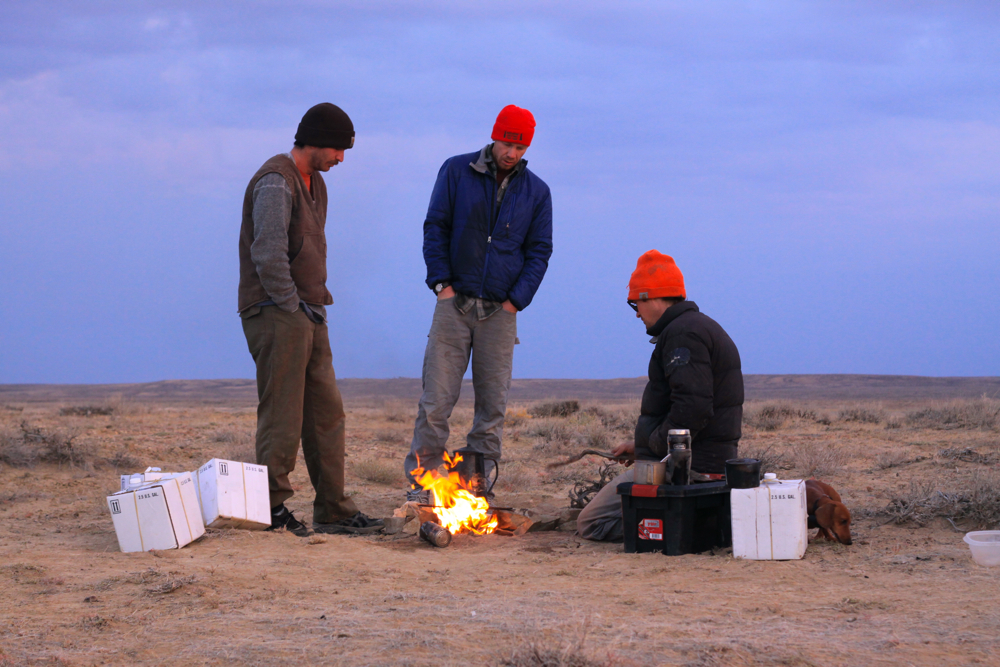
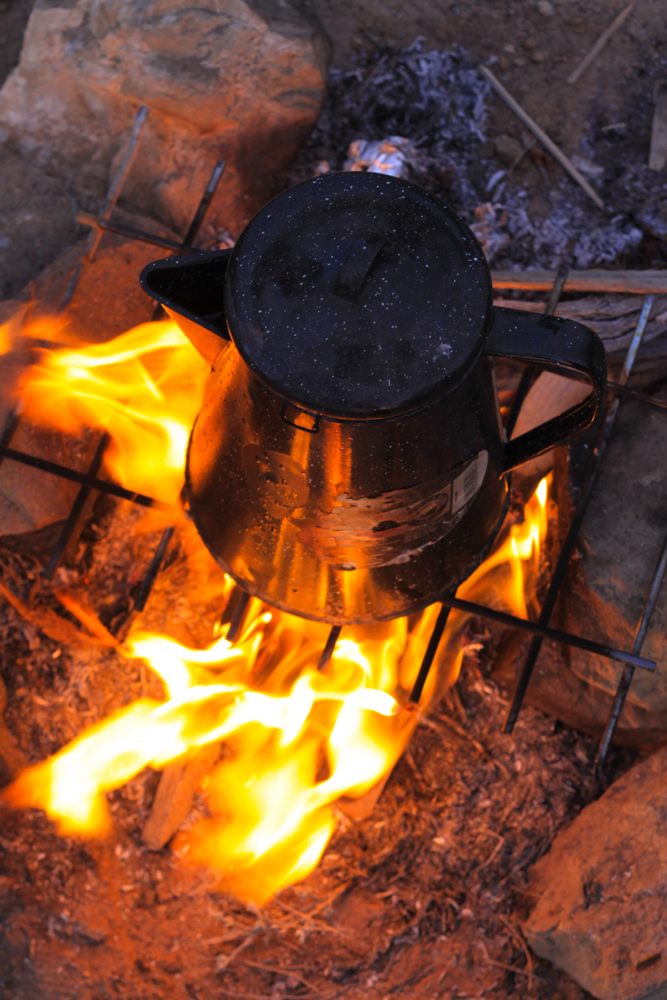
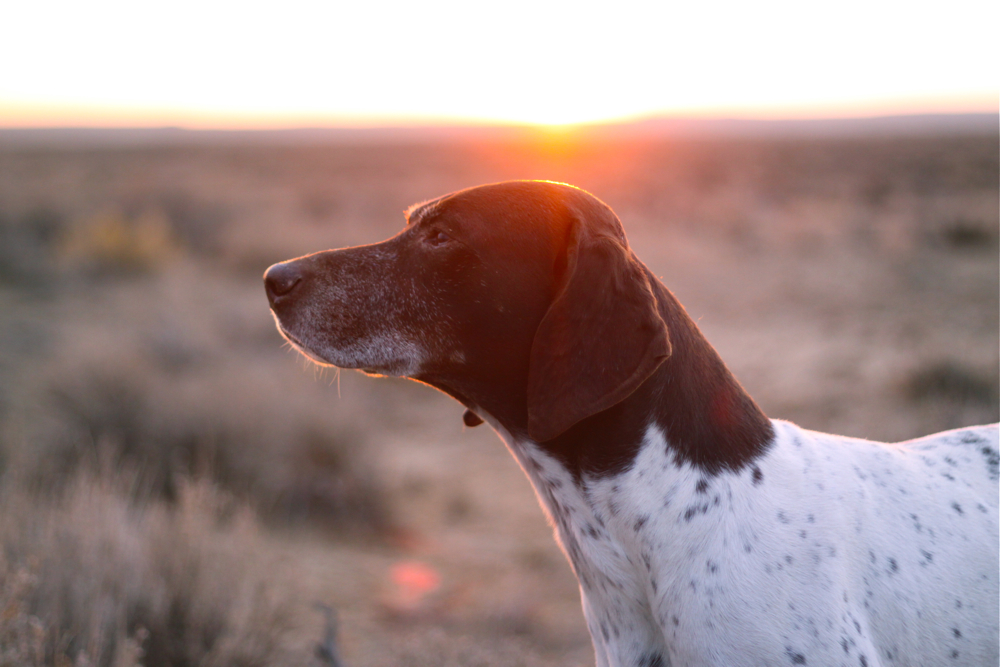

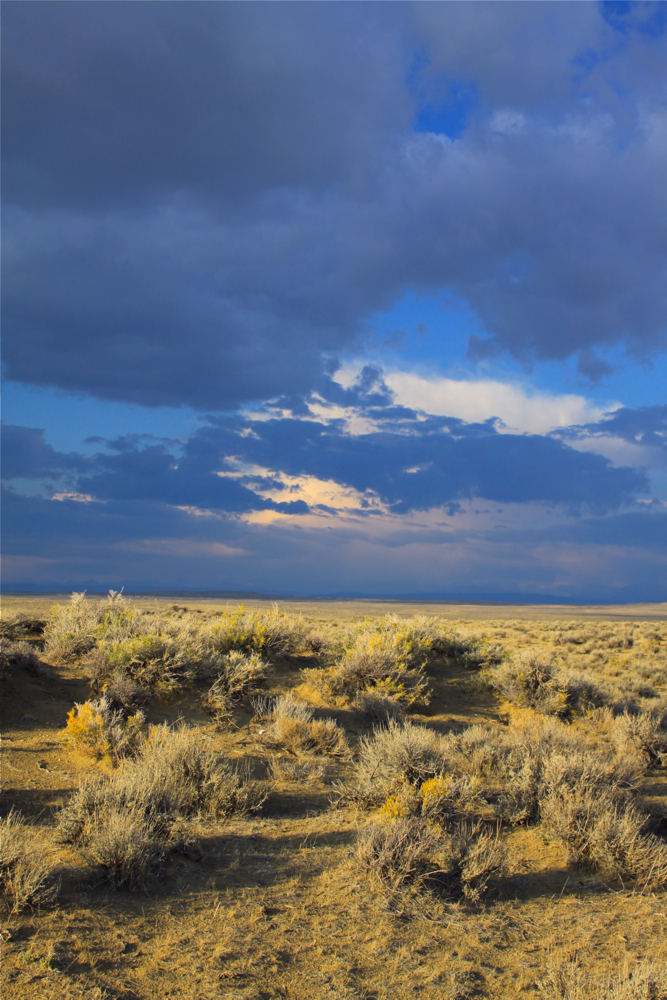
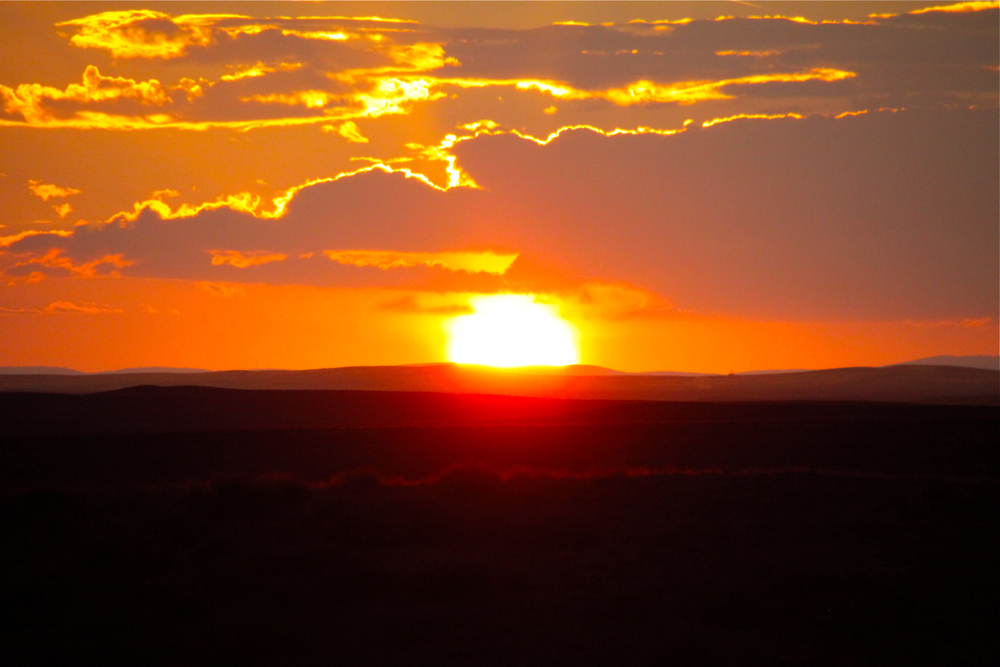
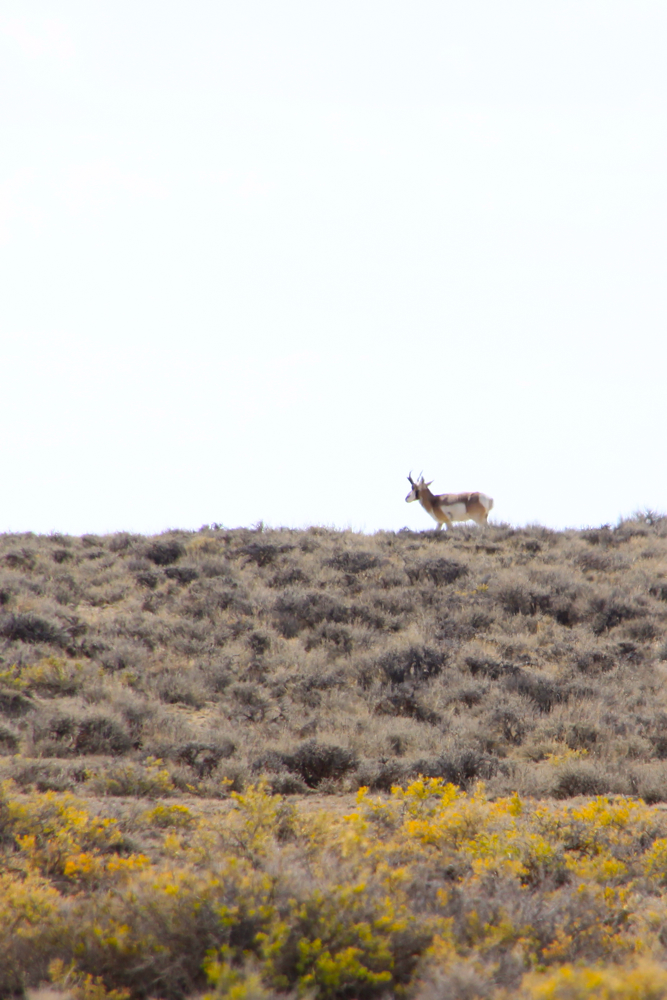


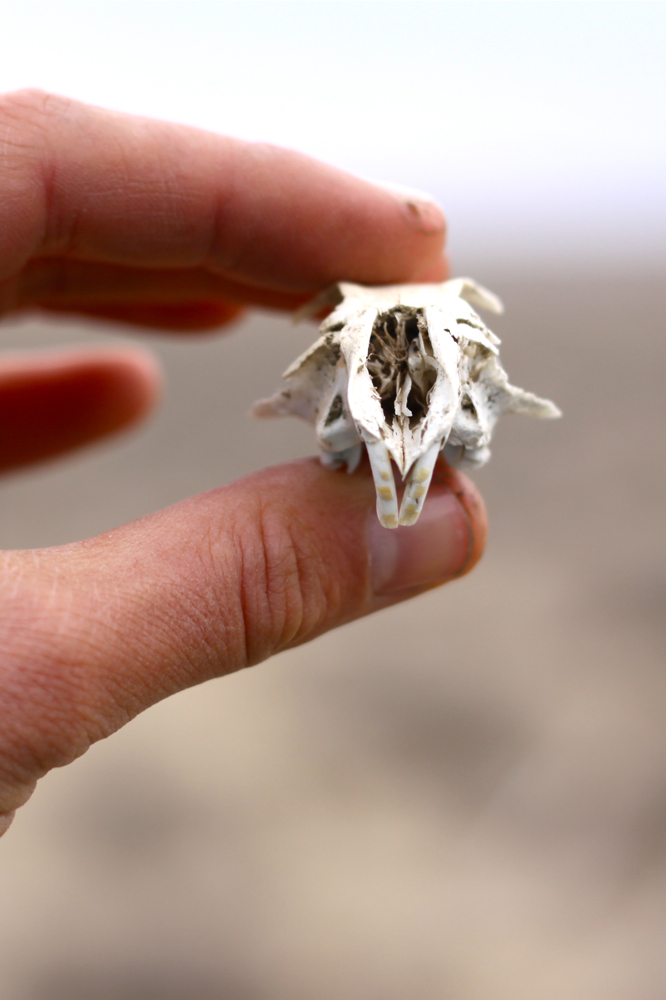
My eyes are just a bit weepy from this, not because of the story of hunting your doe, but the way you put it all down. So much beauty in these words,I want to read the next chapter! I love your wilderness tales…
Wow. Thank you so much for sharing. That was thrilling and beautiful to read.
Beautiful words. So beautiful it hurts.
Touching, stirring, grateful, and beautiful as always. Thank you for honoring, for knowing the honor, of the taking of that beautiful life. Thank you for sharing this, I knew I was looking forward to it for a good reason.
Be well, beauty.
I cried while reading this like the others above, from the sadness, honesty, and beauty in your writing. My eyes were particularly full of salt water when you talked about the parallels between your doe and Plum. How soft and sweet, rough and real life is. Love love, L.
Oh, Jillian. You’ve done it again. Thanks for capturing all the words in my heart about my lovely home and putting them into poetry and photographs. You are the translation! Thank you for sharing pieces of your soul. xx
B
So very well said. Your words brought up many memories for me.
This is quite eloquent, as your writing is always Jillie. You are one of the strongest women I know and I adore you to the core of YOUR alabaster bones. I am still soggy from tears and have lost the count of times you have made me cry at work. These are not just sniffles either, I have downright poured upon my desk. Darn you and thanks all at once. Alicia noted that you are “being such a rich true real nature lover”, and I know that you are living your life this way. I really appreciate this story and the way you are living in the food web. I will also use your knowledge and strength to fuel my thoughts and actions this weekend. These are very powerful and meaningful words J, thanks for writing them down. When is your western adventure novel coming out? Fletchers would buy it 🙂
It is official, my bond to you has changed forms….I LOVE YOU!!!!!
Bisquit
Thank you for your beautiful words of Wyoming – my home. I live in the shadows of the Winds and am also a hunter. I had a wonderful, compassionate, caring teacher – my dad and have hopefully passed on his legacy to my boys who are now men and have children of their own. I also raise chickens, turkeys, lamb, pork and beef for my table as well as harvesting wild game. I say a blessing of thanks before each kill. And, oh my, do we eat well.
Now you’ve gone and got the “Circle of Life” singing in my head! ;o) But seriously.. to echo your friend, YES, ‘not many do what you do’: with words, with pictures, with stone.metal.enamel, with beauty, with joy, with LIFE.. life abundantly ~ even in the taking of it as witnessed in this powerful, poignant post of yours. The knowing of you, I’m further convinced, is like seeing a real-life legend since your life.words.soul are so adventurous and large! Are you sure you don’t hail from the lines of Davy Crockett?
xx
mel
needle and nest design
Hey everyone.
I am closing the comment section on this post because some of the comments submitted (now deleted) made me feel defensive about my lifestyle and the way I choose to eat. I don’t want to come across as nasty in spirit with amy of my responses to your comments, out of a need to defend myself. I really love you all and don’t want to say anything I will regret in this comment section because of misunderstandings about hunting and the the reasons behind my choice to hunt for my food. If you would like to share your thoughts on this post, please feel free to email me. My email button is located on the sidebar of this blog.
Thank you!
J